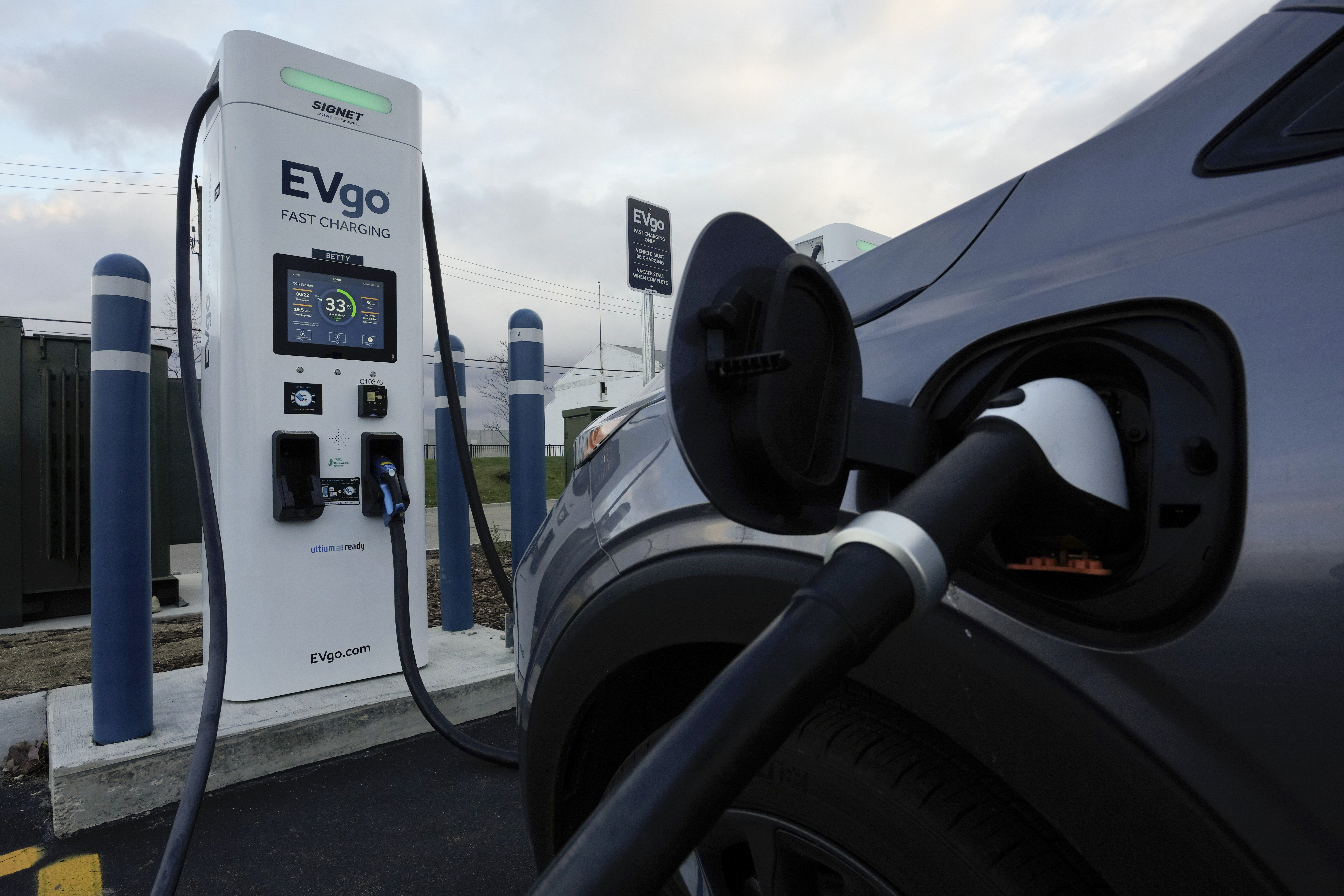
The US Environmental Protection Agency (EPA) has announced updated emissions standards for model year 2027-2032 cars and trucks. The new rule will cut tailpipe pollution almost in half during that period by requiring carbon emissions to be reduced by more than seven billion metric tons. Nearly a year ago, the EPA proposed a fast ramp-up into EVs but this plan was phased in more slowly than originally proposed due to concessions made to automakers and labor unions. The new rule is targeting 35% to 56% for EVs in 2032, and 13% to 36% for plug-in hybrids.



